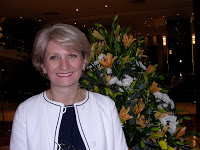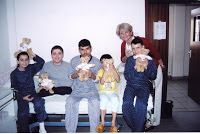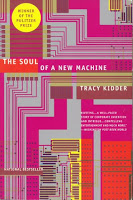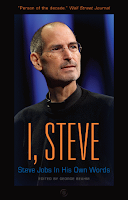Wanted: Leaders!
You may have heard that the hemophilia community is a bit worried about developing leaders. Our generation is getting “old,” and has fought our many battles, and continue to fight on the insurance front. We need young people with talent, ambition, compassion and vision to carry the torch in the future.
But are we victims of our own success?
We’ve made life good for the new generation of kids with hemophilia, and as expected, they are having good lives–and disappearing from our radar screen. We need them to come back, to pitch in, to help, to lead.
To address this, Bayer developed a unique program in our community to train young people to think about careers in hemophilia, or at the very least, to give back through volunteering. Bayer HealthCare offers the Bayer Hemophilia Leadership Development Program (BHLDP), and expanded it this year by adding a community element to the internship experience. The 2012 interns selected to participate in this prestigious program will spend five weeks of the eight-week program at a local hemophilia organization.
The company is currently seeking applicants who are attending college and have been touched by hemophilia. Those interested have until Monday, March 12th to apply for the program, which runs from June 18th-August 9th. Participating interns will engage in leadership training, hands on business projects, marketing and communications strategies, and help support the local hemophilia community. Additional details and the application can be found at
www.livingbeyondhemophilia.com/intern.
Of the many organizations that applied to participate, four chapters were chosen to mentor and manage an intern. They are the Arizona Hemophilia Association, Bleeding Disorders Alliance Illinois, Hemophilia Foundation of Upstate New York – Rochester and Texas Central Hemophilia Association.
The 2012 program begins with a two-week orientation at Bayer HealthCare’s U.S. headquarters in Wayne, NJ, where the interns will receive training on communications, problem solving and leadership skills as well as work with people in a number of departments to gain insights into how various parts of the company operate. Interns will spend the following five weeks at the selected hemophilia organization, where they will gain first-hand knowledge about the work done on a local level and engage in projects building on the skills developed earlier in the program. During the final week at Bayer, the interns will report on their experience and present a project developed with their local chapter.
Bayer established the Hemophilia Leadership Development Program in 2007. Since that time, many program participants have become more active hemophilia advocates and have gone on to careers serving the community, government and industry.
This is a fantastic opportunity. If you know of a young person with hemophilia who has leadership potential, please have them apply today!
Great Book I Just Read
The Killer of Little Shepherds: A True Crime Story and the Birth of Forensic Science by Douglas Starr (Kindle edition)
Starr never fails to engage. From 1894 until 1897 in the countryside of France, Joseph Vacher, a vagabond and discharged military enlistee, began a bizarre killing spree, from young women to little shepherd boys. Dispatching his victims rapidly, mutilating or violating them, and moving on immediately, he became a killing machine that terrorized France and baffled police. Forensic science was nearly nonexistent, and police imprisoned innocent people based on hearsay. Meanwhile, Dr. Alexandre Lacassagne, France’s leading expert in legal medicine and professor at the University of Lyon, dedicated himself to the case and in the process advanced forensic science. Ultimately, this became one of the first cases of determining what is legal insanity, as Vacher, once apprehended, became his own counsel in effect and pushed to be declared insane. A battle ensues between Vacher and Lacassagne, which would have repercussions for decades to come. Fantastic story, well written, and enlightening. Four/five stars.









